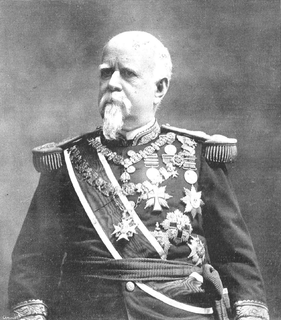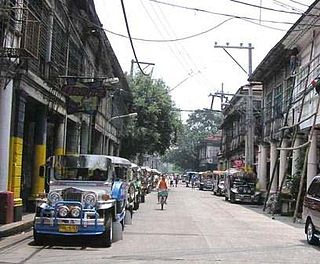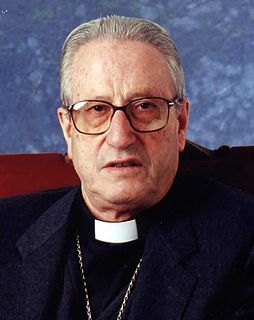Related Research Articles

Juan Sebastián Elcano was a Castilian navigator, ship-owner and explorer of Basque origin best known for having completed the first circumnavigation of the Earth in the ship Victoria on the Magellan expedition to the Spice Islands. He received recognition for his achievement by the Emperor Charles V with the coat of arms reading "primus circumdedisti me".

Gipuzkoa is a province of Spain and a historical territory of the autonomous community of the Basque Country. Its capital city is Donostia-San Sebastián. Gipuzkoa shares borders with the French department of Pyrénées-Atlantiques at the northeast, with the province and autonomous community of Navarre at east, Biscay at west, Álava at southwest and the Bay of Biscay to its north. It is located at the easternmost extreme of the Cantabric Sea, in the Bay of Biscay. It has 66 kilometres of coast land.

The University of Deusto is a Spanish private university owned by the Society of Jesus, with campuses in Bilbao and San Sebastián, and the Deusto Business School branch in Madrid. The University of Deusto is the oldest private university in Spain.

Velasco is a Spanish family name. According to the academy of Basque language, it is derived from the Visigothic name 'Vela' (Vigila) and the Basque suffix –sco. The name also made its way into Portuguese language as Vasco. Notable people with the surname include:
The Basque alphabet is a Latin alphabet used to write the Basque language. It consists of 27 letters.

Getaria is a coastal town located in the province of Gipuzkoa, in the autonomous community of Basque Country, in the North of Spain. This coastal village is located on the Urola Coast, with Zarautz to the east and Zumaia to the west.

Manuel de Amat y Junyent, OSJ, OM was a Spanish military officer and colonial administrator. He was the Royal Governor of the Captaincy General of Chile from December 28, 1755 to September 9, 1761, and Viceroy of Peru from October 12, 1761 to July 17, 1776.

Marcelo de Azcárraga Ugarte y Palmero-Versosa de Lizárraga was a Spanish soldier-politician and thirteenth Prime Minister of Spain following the restoration of the Spanish monarchy. He served as Prime Minister in 1897, 1900–1901, and 1904–1905. Azcárraga was the only Spanish Prime Minister of part Insulares, specifically Spanish Filipino, descent.

Raza is a 1942 Spanish war film directed by José Luis Sáenz de Heredia, and used as propaganda by the dictatorship of Francisco Franco in favour of the regime and against the supporters of the deposed Second Spanish Republic. It is based on a semi-autobiographical novel by Spanish caudillo Francisco Franco under the pseudonym of "Jaime de Andrade."
Domingo Bernardo de Bonechea Andonaegui, born on September 21, 1713, in Getaria, Basque Country, Spain, died in Tahiti on January 26, 1775, was a captain in the Spanish Royal Navy and an explorer for the Spanish crown. He is known for having tried to incorporate Tahiti into the Spanish seaborne empire.

The Basque Country, also called Basque Autonomous Community, is an autonomous community in northern Spain. It includes the Basque provinces of Álava, Biscay, and Gipuzkoa.
Astete is a Spanish surname, from an ancient Basque - Castilian lineage. The etymology of "Astete" comes from the Basque language: "Aste" possibly a variation of "Arte" means oak, and "ete" is a suffix to nearby location. The most probable original locations, prior to the 16th century, are the regions of ancient Basque influence of the medieval Castile and modern La Rioja. The earliest official records of Astetes occur in La Rioja, in Santo Domingo de la Calzada, in the province of Valladolid and Quintanaélez in the province of Burgos. They were hidalgos and had casas solariegas in Quintanaélez (Burgos), Valladolid and Salamanca.

Juan Olazábal Ramery (1863–1937) was a Spanish Traditionalist politician, first as a Carlist, then as an Integrist, and eventually back in the Carlist ranks. In 1899-1901 he served in the Cortes, and in 1911-1914 he was a member of the Gipuzkoan diputación provincial. Between 1897 and 1936 he managed and edited the San Sebastián daily La Constancia. He is best known as the nationwide leader of Integrism, the grouping he led between 1907 and 1931.
The Vergara family in Chile was founded by royal lieutenant, Juan Martínez de Vergara, born in Guipuzcoa, Basque. He arrived in Chile in 1601.

Hidalgo Street is a street located in Quiapo in the old downtown of Manila, Philippines. It runs east–west through the center of the district linking two of the district's most popular landmarks, Quiapo Church and San Sebastian Church. It is divided by Quezon Boulevard into two sections: the western section is a pedestrian zone that forms the southern boundary of Plaza Miranda running parallel to Carriedo Street, while the eastern section is a two-lane street which leads to the San Sebastian Church. Formerly known during the Spanish colonial times in sections as Calle [de] San Sebastian and Calle Crespo, respectively, it was renamed after the Filipino painter Félix Resurrección Hidalgo. It was once considered “the most beautiful street in Manila.”
This is a list of mayors of Medellín, Colombia.

Campuzano-Polanco was a prominent family from the colony of Santo Domingo with origins in Santiago de los Caballeros. During the colonial era of the Hispaniola, their members and descendants went on to occupy high political, military and ecclesiastical positions, locally and outside the Island, as well as in the metropolis of Spain. Their merits extend since the beginning and until the end of the colony.

José María Setién Alberro was a Spanish Catholic prelate. He was auxiliary bishop of San Sebastián between 1972 and 1979, and bishop between 1979 and 2000.
References
- ↑ "Deiturak - Euskaltzaindia". Euskaltzaindia. Retrieved 11 November 2011.
- ↑ Michelena, Luis (1997). Apellidos Vascos. Donostia: Editorial Txertoa. pp. 87, 96. ISBN 84-7148-008-5.
- ↑ Estudios genealógicos, heráldicos y nobiliarios en honor de Vicente de Cadenas y Vicent, 1978